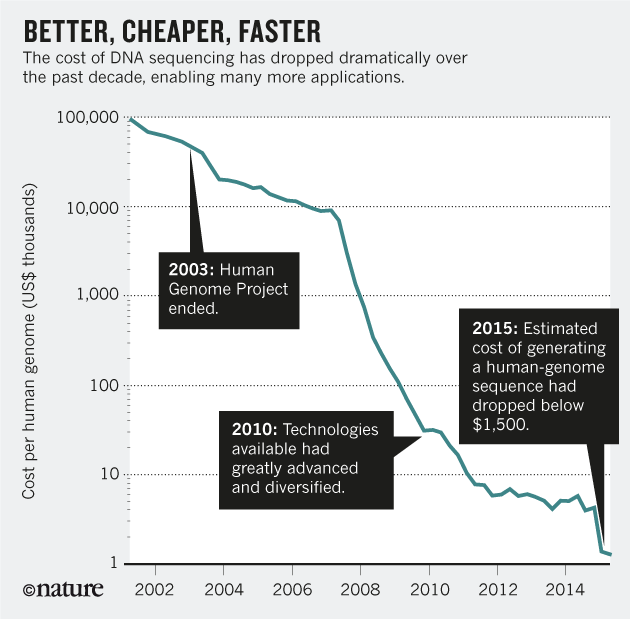Ptolemy used the term terra ignota for regions that have not been mapped or documented. QALYs were born for maximizing health, without any distributive considerations. All the efforts to introduce equity in QALYs have failed up to now. The cartography of QALYs has a pending dimension.
Maybe this dimension is not possible to be defined under a technical perspective, its a societal and policy issue. And at this level decisions are difficult to take.
Anyway, after reading this article you may reach a similar conclusion than mine, or otherwise you can be optimistic about it. It's up to you.
PS. Today I'll give the kenote speech at Col.legi d'Economistes de Catalunya: "La producció eficient i equitativa de salut".
Ai Weiwei



